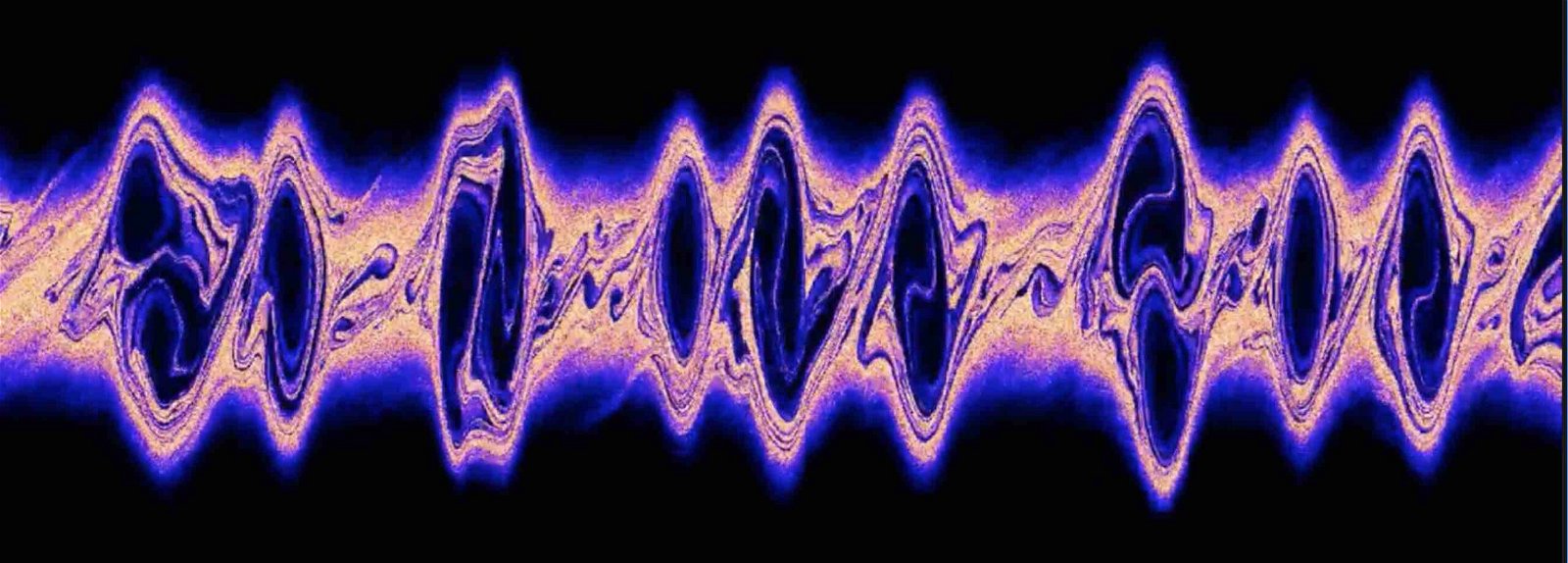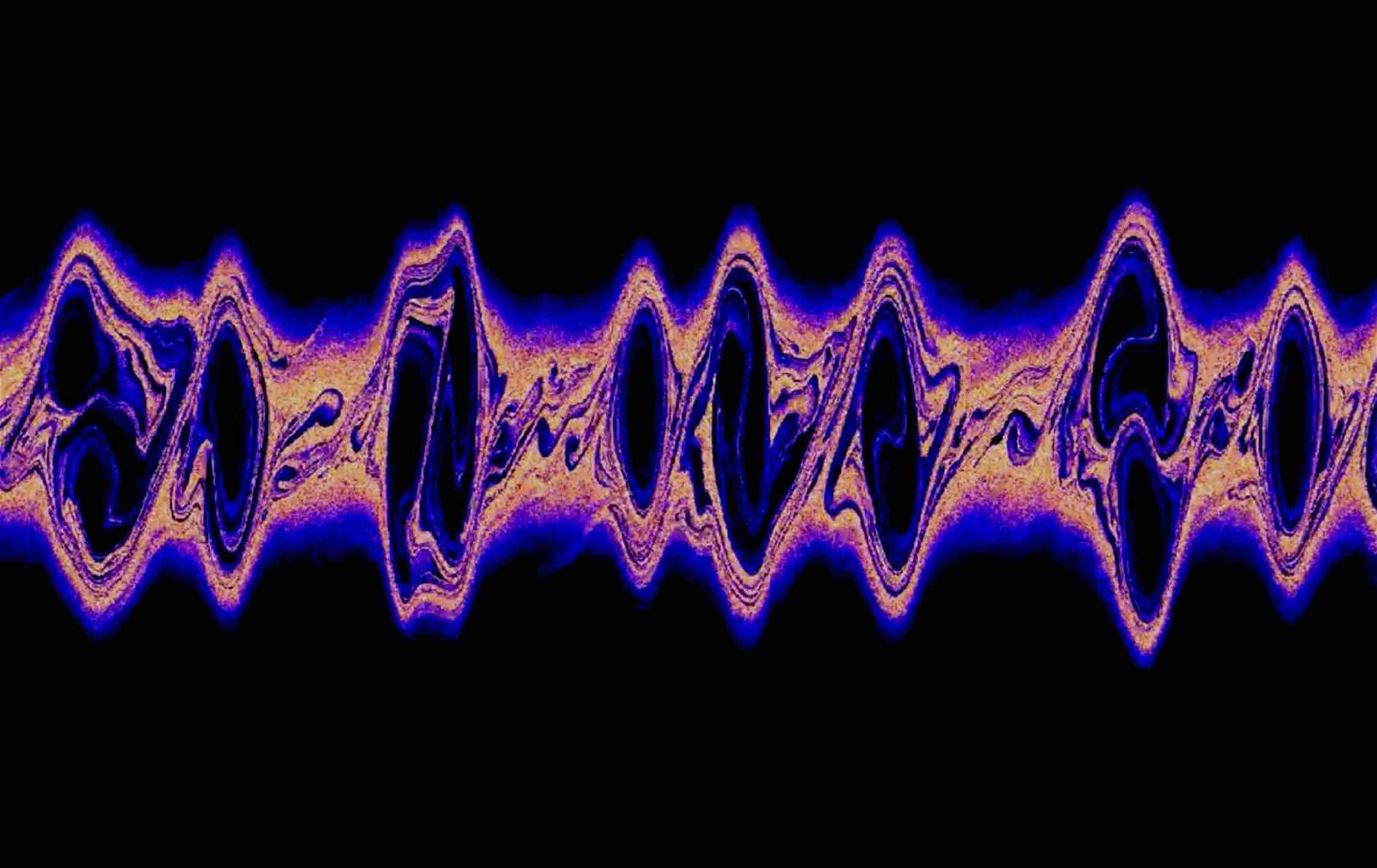Scientists in Germany report the discovery of a new plasma instability that could potentially upend our current understanding of cosmic rays and their origins, according to new research.
The findings, made by researchers at the Leibniz Institute for Astrophysics Potsdam (AIP), could also help provide scientists with information about the effects cosmic rays have on galaxies.
Cosmic rays are comprised of high-energy particles, or clusters of them, which travel at close to light speed as they move through space. Generated by stars like our Sun, cosmic rays from both local and interstellar sources impact Earth’s atmosphere, producing dispersions of secondary particles, most of which never make it past the planet’s magnetosphere, or the region of space affected by solar wind produced by the Sun, known as the heliosphere.
The discovery of cosmic rays led to a Nobel Prize awarded to Victor Hess, who was the first to confirm the outer space origins of upper atmospheric ionization that resulted from rays of charged particles rather than radiation, during tests conducted with balloons in the early 20th century.
Now, new simulations conducted by Mohamad Shalaby and colleagues at AIP reveal how these rays of cosmic particles interact with surrounding plasmas, revealing a newly recognized plasma instability.
Within the field of plasma physics, whenever a plasma system is at equilibrium, the influence of forces acting on it can result in small disturbances that affect its stability. Plasma physicists rely on magnetohydrodynamics, which studies the behavior of electrically conductive fluids like plasmas, to analyze their stability.
However, in the new research conducted at AIP, a close evaluation of simulations revealed that an as-yet undescribed phenomenon appears to be occurring, which involves electromagnetic waves in the background plasma becoming excited, and thereby exerting forces on cosmic rays that alter their paths.


“These instabilities destabilize wave modes parallel to the large-scale background magnetic field at significantly distinct scales and with very different phase speeds,” the researchers write.
Based on the team’s observations of this new phenomenon, cosmic rays appear to behave more like a collective electromagnetic wave than as individual particles, where interactions between these “waves” with the fundamental background waves cause them to be significantly amplified, also resulting in a transfer of energy.
Professor Christoph Pfrommer, head of AIP’s Cosmology and High-Energy Astrophysics division, says that the new insights allow researchers to view cosmic rays as behaving essentially like radiation, rather than individual particles; a unique determination in that it is very much in line with Victor Hess’s original theories about cosmic rays. Pfrommer also likens cosmic waves to individual water molecules that form waves that break once they reach the shoreline.
Primarily, the observations of this new plasma instability phenomena resulted from looking at things on smaller scales, according to Dr. Shalaby, who said the previously overlooked observations “question the use of effective hydrodynamic theories when studying plasma processes.”
Shalaby and the German team also say numerous applications exist for the new plasma instability, which includes a potential explanation for the phenomenon that occurs as electrons are accelerated from thermal interstellar plasma to high energies at the remnants of exploded stars, known as supernovas, revealing why they produce their characteristic radio and gamma wave “shine.”
The discovery also may open the door toward allowing astrophysicists a far more comprehensive knowledge of the process underlying the passage of cosmic rays in galaxies, an issue recognized as one of the most significant lingering mysteries in our current understanding of galactic formation and evolution over time.
The team’s paper, “Deciphering the physical basis of the intermediate-scale instability,” was uploaded to the preprint arxiv.org website, where it can be read online in its entirety.
Micah Hanks is the Editor-in-Chief and Co-Founder of The Debrief. He can be reached by email at micah@thedebrief.org. Follow his work at micahhanks.com and on X: @MicahHanks.

